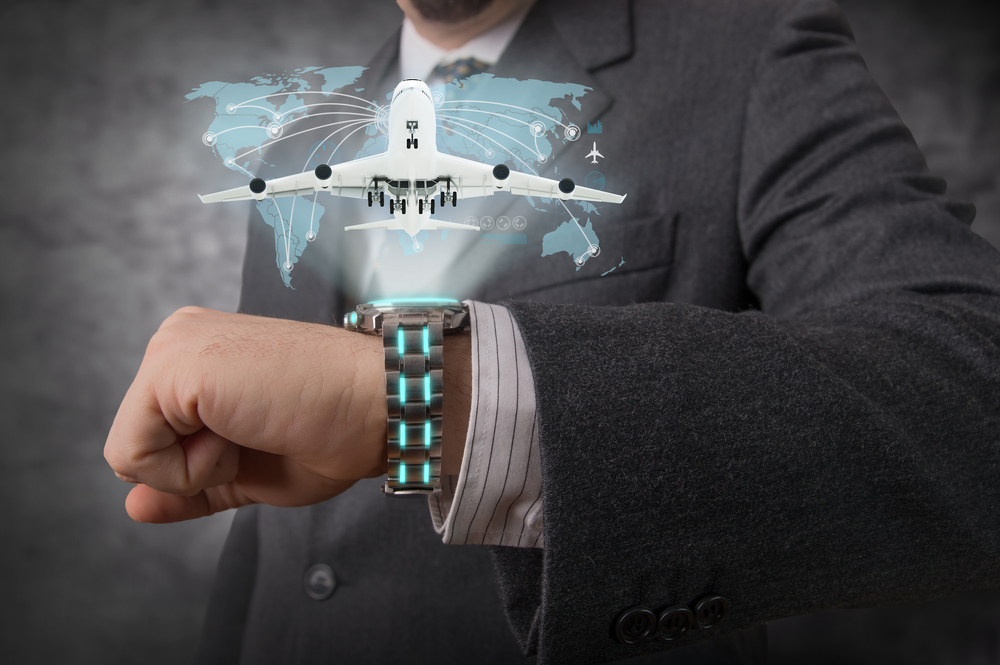In the digital age, the number of consumers heading to their local travel agent to book a holiday continues to deplete, with more than 80% of holidays booked online. Every flight, hotel reservation and online currency exchange creates data which the travel industry can utilise to improve the customer experience.
With all of this data available, and with the rise of impressive technology to make travel fun, interactive and simple, it’s surprising that so few of our journeys are really seamless. Too often the entire system is broken down into siloes; airlines don’t collaborate with hoteliers, who in turn don’t talk to the travel agents themselves.
> See also: Why can we have internet security or a seamless online experience – but not both
Far too often, airport authorities fail to connect with key elements which could help to strengthen the customer experience, such as airport retailers and inflight concessionaires. At a time when globalisation means the potential for travel is at an all time high, consumers are rightly beginning to expect more.
Technology’s role in consumer travel
The rise of big data means travel businesses have the ability to build in-depth profiles of their customers. However, despite it being easier for airlines to collect passenger data than ever before, only 20% currently use such data to offer their passengers a personalised experience.
At the same time, Ofcom statistics show smartphones are now the UK’s preferred device for connecting online, moving ahead of laptops for the first time. It’s now natural for customers to be using their mobile devices whilst they travel to check on traffic, bookings and updates as they move.
When used wisely, this combined consumer data and connectivity can form the basis of a personalised, seamless travel experience, facilitated by emerging technologies such as iBeacons and wearables. Early adopters have proven the technology is available, it’s now a case of taking full advantage of it.
What is seamless travel?
A seamless travel experience should use technology to put the customer first. It should close the gaps between a previously siloed process, via an accessible online user interface.
After all, if a seamless process is available, why would a consumer choose to book travel through a business which doesn’t communicate with any other element of his or her journey? The excitement of booking a holiday may be lost after the fourth separate form they have to fill out to book the flights, hotel, holiday transport and tickets to local amenities.
Seamless travel should offer a door to door service, with one application guiding consumers from their homes to the airport and finally their hotel. No customer is likely to download 27 separate airline apps, the app for every airport they visit, as well as an app for each hotel they stay in. Instead, the industry needs to collaborate in order to make the process simple and streamlined for customers.
The recent partnership between KLM and Uber proves this collaboration works. Last year customers that booked European city trips through KLM automatically received €30 of Uber credits to take them to their hotel.
United Airlines is also collaborating effectively – its app includes inventive features such as passport scanning and a travel wallet for customer convenience as they travel.
Once at a hotel, technology is also being developed to help consumers become engrossed in the local culture. Apps such as Google Now offer live updates relevant to their location; from transport and currency exchange rates to push notifications relating to nearby places of interest and events.
The travel industry has clearly started to realise the potential of seamless travel but there is still a long way to go before the industry as a whole meets consumer expectations. Travel businesses need to start innovating now, in order to keep up with the competition.
Embracing seamless travel
In an age where nearly every element of consumer travel can be connected, failing to embrace the technology available will be to the detriment of any business naive enough to do so.
> See also: How the travel industry is taking retail's lead on big data
From innovative software development projects which disrupt the market and set businesses apart from their competitors, to functionality within a hotel room’s floor which sees weight sensors activate the lights when you get up in the middle of the night, the possibilities are seemingly endless.
With consumers becoming increasingly tech-savvy, the time has come for the travel industry to embrace the technology at hand, to take advantage of the continued growth of big data, to put customers first.
Only then can travellers across the globe enjoy a fully seamless and personalised experience, rather than pulling their hair out dealing with umpteen providers both at home and abroad.
Sourced from Rowan Welch, account director, Travel and Leisure, Black Pepper Software










